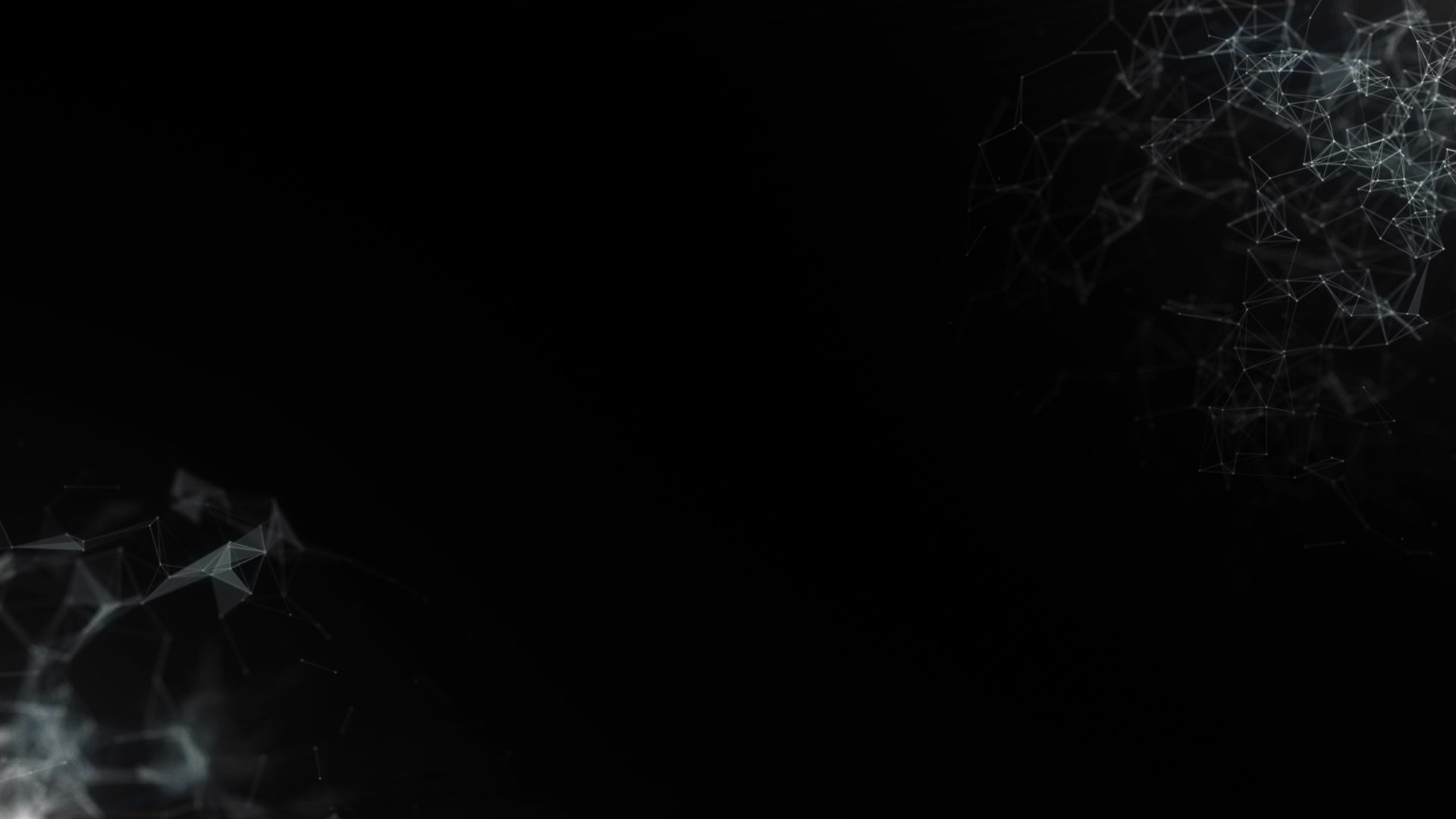
Khazan, Olga. “This App Reads Your Emotions on Your Face.” The Atlantic, Atlantic Media Company, 15 Jan. 2014, www.theatlantic.com/technology/archive/2014/01/this-app- reads-your-emotions-on-your-face/282993/.
Khazan, Olga. “This App Reads Your Emotions on Your Face.” The Atlantic, Atlantic Media Company, 15 Jan. 2014, www.theatlantic.com/technology/archive/2014/01/this-app- reads-your-emotions-on-your-face/282993/.
Future Technology
We envision a therapy machine that takes only half a minute to function and that provides the most accurate result possible based on the observable conditions. In order to accomplish this, the inclusion of machine learning and AI is necessary, as well as the additional capability of facial recognition and imaging technology.
AI first began by simple logical analysis, in which a computer would test different possibilities based on its own simple knowledge stored in a database. Soon, it evolved into a more sophisticated and usable form called neural networks. Neural networks are essentially computer models built off of a human brain and nervous system. Neural networks notable achievements include beating the 18 time world champion of Go. The neural network will fail the first few rounds, but once it learns how to play it will exploit the weaknesses in the game. Games are simpler compared to real life, due to the set parameters and the very simple state that the AI has to acquire(winning). A similar method is essentially the process our interface will follow, using a neural network to learn from its mistakes and eventually pass the correct diagnosis more consistently, as the system learns and grows in its intelligence. Unlike playing board games, the ETM will already start with a process to find an action protocol as well as a large database to draw from. As AI becomes more advanced, it will become easier and easier to make a pseudo diagnosis and an action to take, meaning the scope of the ETM could eventually drastically expand.
Machine learning is the process by which AI "learn" the best method of solving a particular task in certain conditions. In our case, the conditions are varied and deeply complex. Eventually with future technology, we could directly do a machine learning task from the conditions given by the user. However, that is much too large to be reasonable. Our prototype will use a preset process determined by a preexisting database to solve the task (giving a good action protocol to the user) and will just add more data to that database if it is wrong.






Facial recognition is will be beneficial to this app as it will provide another entry point for data to be analyzed, meaning that we have more data for the computer to make a decision from. We require precise facial recognition tools, and plan to incorporate it with the machine learning aspect of the app, as well as the database populated using DSM5 (Diagnostic and Statistical Manual of Mental Disorders, 5th edition) and de-identified case history extracts.
(meaning that we will have three checking points for the computer to rapidly search through and provide the most accurate decisions)
The ETM is designed to be an app that can combine verbal and facial/body language to help provide therapy to all people who need it, and get smarter, the more it is used.